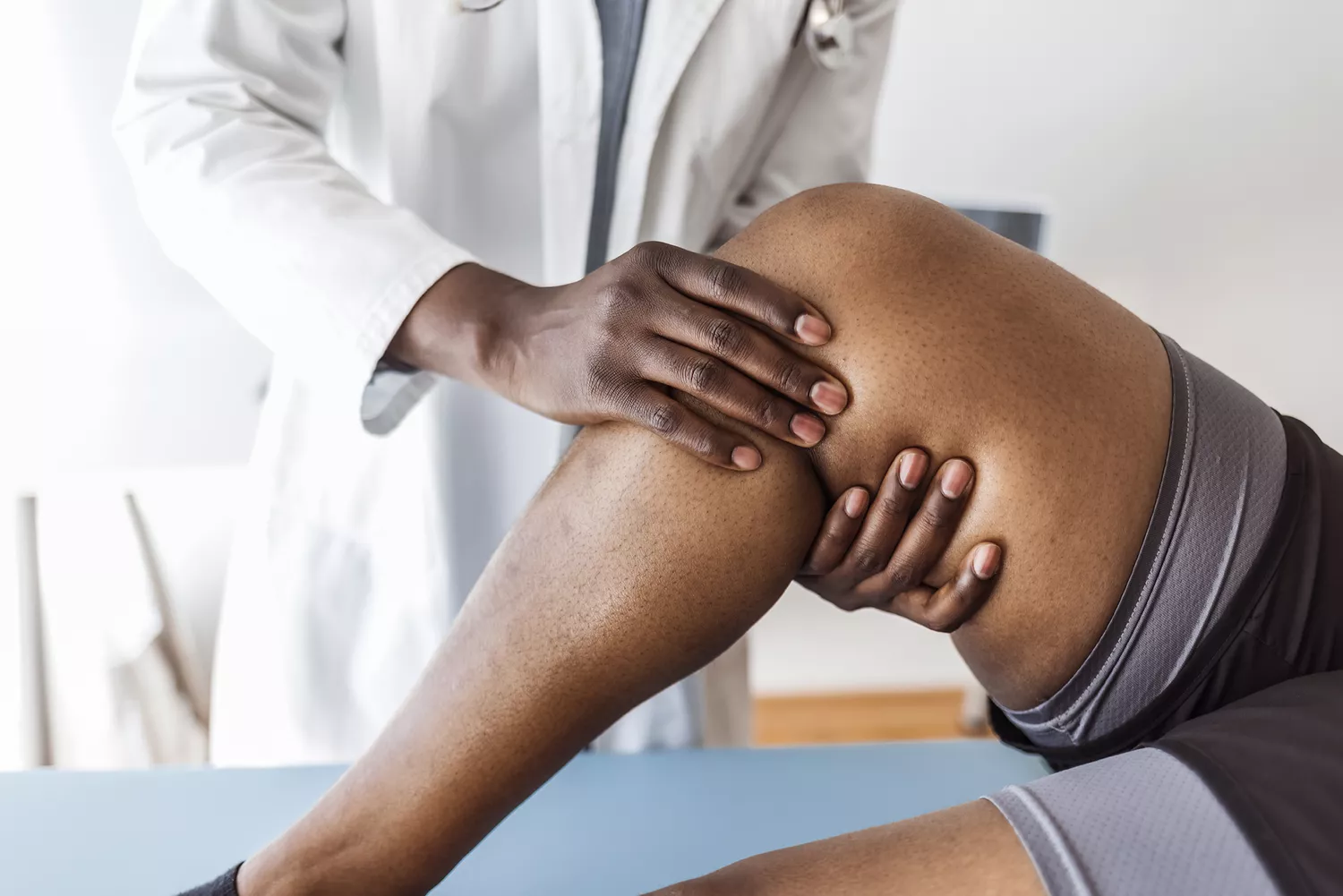
It starts subtly. Your knees resist motion after sleep. Fingers don’t bend easily at sunrise. The feeling passes with coffee or walking. But over months, the return becomes stronger. It signals inflammation. Not always disease, but early signs of structural stress. That delay in mobility deserves attention before pain settles in permanently.
Cartilage thins with time, and the body doesn’t regenerate it the way we expect
Joint cartilage cushions movement. It absorbs impact. As you age, that cushion thins. The body tries to repair it. But cartilage regenerates slowly, if at all. Once gone, it doesn’t return. Thinning leads to grinding. Joints creak. Friction replaces glide. Damage happens quietly, years before it becomes visible on scans.
You don’t need intense exercise—but you do need consistent, low-impact movement
Stillness weakens joints more than walking ever will. Sedentary habits stiffen capsules, ligaments, synovial flow. Low-impact activities—walking, swimming, stretching—keep synovial fluid circulating. That fluid nourishes cartilage. Motion protects structure. The goal isn’t fitness. It’s preservation. Ten minutes of movement beats an hour of rest.
Weight gain shifts pressure more than you realize, especially across load-bearing joints
Every added kilogram places force on knees, hips, and ankles. The joint absorbs more than body weight. The ratio multiplies. Even small gains alter pressure angles. That stress compresses cartilage. It flattens arches. It reshapes how your skeleton aligns. Preventing damage sometimes begins at the scale.
Joint instability begins when muscles around them stop providing support
Weak muscles force joints to work harder. The body compensates. Shoulders shrug. Knees wobble. Hips twist. These adaptations protect in the short term. But over time, they misalign everything. Targeted strength keeps movement efficient. Not bulk—just balance. Without muscle tone, joints do work they’re not designed for.
Inflammation doesn’t always mean redness or heat—it often begins as invisible biochemical strain
You won’t feel it. But chronic low-grade inflammation circulates through tissue. It alters joint lining. It thickens synovium. Inflammatory markers rise without symptoms. Over years, they erode cartilage. Anti-inflammatory diets, adequate sleep, and reduced stress levels matter more than they seem. The damage starts before the swelling.
Old injuries often come back in quiet ways, reminding you where the stress once lived
That ankle you sprained at twenty? It’s less stable now. The shoulder dislocation from volleyball? It stiffens in cold weather. Injured joints lose blood flow, proprioception, structural memory. They compensate. But eventually, they signal weakness again. Ignoring old trauma speeds new decline.
Repetitive movements in daily life erode joints more than high-intensity sports do
Typing. Driving. Standing at a counter. These small, repeated tasks wear joints over decades. Ergonomics isn’t a trend—it’s survival. The wrist bends, the neck tilts, the back leans. Without balance, those movements create micro-injuries. The body adapts—but always at a cost.
Stretching without control can destabilize as much as it protects
Not all stretching is helpful. Some lengthen ligaments too far. Others pull joints from stable angles. Hypermobile joints already move too much. Gentle, specific flexibility work matters. The goal isn’t to touch your toes—it’s to keep tendons engaged. Mobility without control is risk.
Supplements might help—but they won’t rebuild tissue or reverse damage
Glucosamine. Chondroitin. Collagen powders. Some find relief. Others see no change. These aren’t cures. They support cartilage metabolism. But they can’t restore erosion. They work best early, not after damage. Relying on them without lifestyle change is like patching a roof while it rains.
Shoes alter force distribution, especially in joints far from your feet
Flat soles shift ankle pressure. High heels tilt knees. Arch support affects hips. Your shoes become tools of alignment—or misalignment. Over time, this changes joint angles. That change travels upward. Ankles to knees. Knees to spine. Prevention often begins at ground level.
Sleep restores tissue in ways movement cannot—but only if inflammation gets interrupted
During sleep, cytokine patterns shift. Healing hormones rise. Cellular repair begins. But chronic inflammation disrupts those cycles. Poor sleep shortens joint recovery. The pain worsens. The loop continues. Protecting joints includes rest hygiene—not just what happens in the gym.
Cold, damp weather doesn’t cause damage—but it unmasks sensitivity you’ve already developed
Many people feel stiffer in winter. That’s not imagination. Barometric changes affect joint fluid viscosity. Nerves react differently. Cold muscles contract more. The underlying damage reveals itself. The weather doesn’t injure—but it highlights what’s weakened.
Bone density loss doesn’t just increase fracture risk—it also destabilizes joint positioning
Osteopenia and osteoporosis shift how joints bear weight. Less density means less resistance. Bones compress subtly. Joints change alignment. The cartilage rubs at a new angle. Protecting joints includes bone scans. Calcium, vitamin D, and load-bearing activity matter early—not just after diagnosis.
Pain that comes and goes still leaves traces if movement patterns change to avoid it
You limp briefly. Favor one side. Adjust your lift. These changes feel harmless. But they reroute force. Muscles adapt. Joints carry imbalance. Even when pain fades, the compensation continues. That altered movement becomes permanent. And eventually, the joint wears where it shouldn’t.
Source: Best Orthopedic Surgeon in Dubai / Best Orthopedic Surgeon in Abu Dhabi
